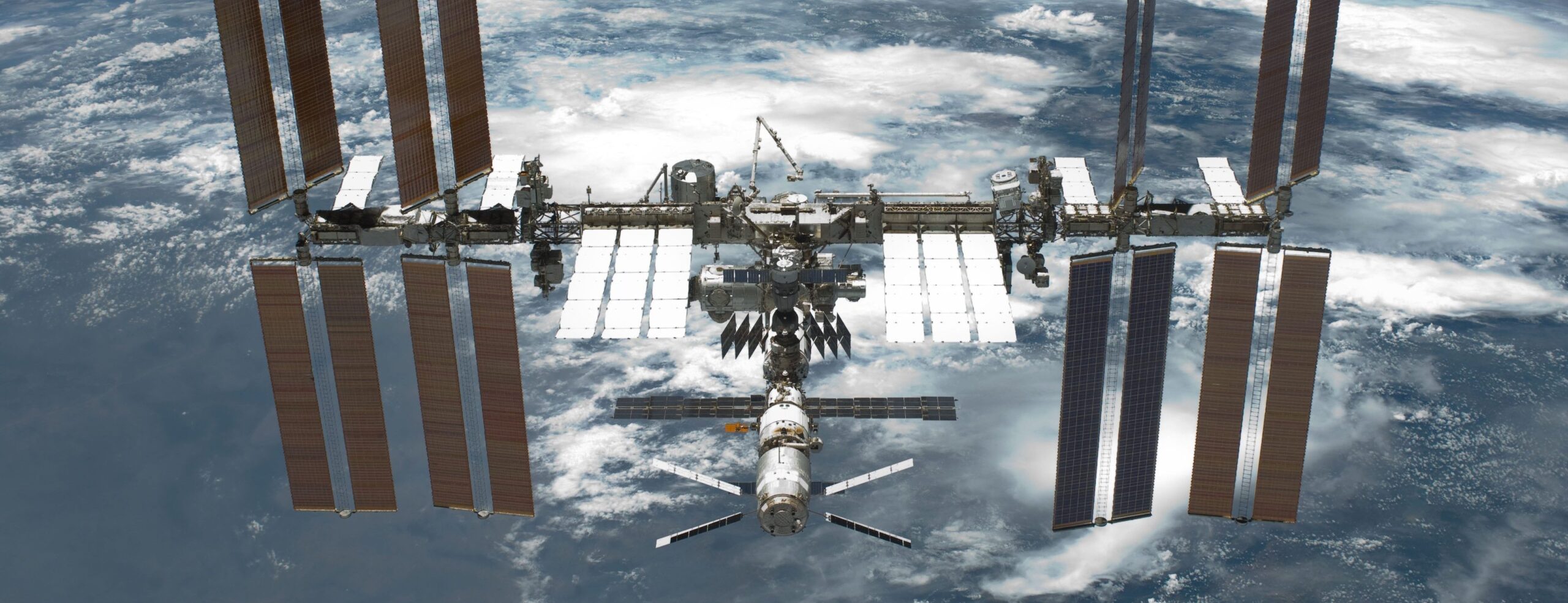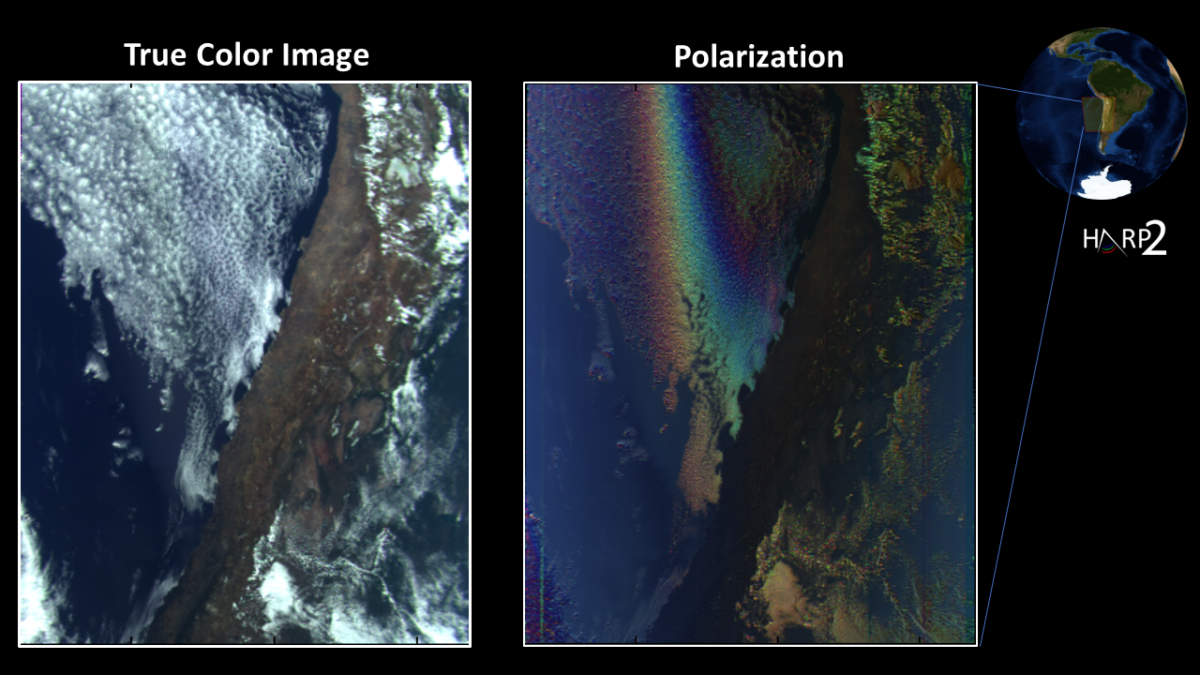Two researchers at UMBC’s Joint Center for Earth Systems Technology (JCET) and colleagues have found that instrumentation on the International Space Station (ISS) can collect data measuring the photosynthetic activity of various ecosystems and landscapes in a way that is both more comprehensive and more nuanced than standard land-based techniques.
“We’re laying the groundwork for developing ways of monitoring vegetation,” says Fred Huemmrich, JCET scientist and lead author on the new study. High-resolution monitoring of photosynthesis on landscapes such as agricultural fields, forests, and grasslands could inform everything from farming practices to our understanding of climate change.
Being able to detect productivity at high resolution could help farmers “evaluate how the field is doing, where there are problems, and perhaps identify things like insect damage and stress responses,” says Huemmrich, noting that similar techniques have successfully detected differences in fertilizer application on corn fields. The same information could be gleaned for managed forests, for example, to detect stress caused by destructive bark beetles.
On a larger scale, Huemmrich says that “most of what we know about how ecosystems respond to climate change and increased carbon dioxide in the atmosphere is from models,” rather than concrete data. If scientists could use satellites, like the ISS, to track photosynthesis in real-time around the globe, that could greatly increase our understanding of how climate change is affecting vegetation. Plants are crucial for managing the global climate, because they take carbon dioxide out of the atmosphere and release oxygen during photosynthesis.
The current gold-standard method for measuring photosynthesis relies on a network of hundreds of “flux towers” around the globe—structures on the ground that detect the flux of carbon in the area by “sniffing the air,” explains Huemmrich, but “the towers can’t be everywhere.” Remote sensing from a satellite would allow scientists to measure carbon fluxes in other places, even those that are inaccessible from the ground.
The new JCET study demonstrates an effective way to do just that, using images taken by the hyperspectral imager for coastal ocean (HICO), which is mounted on the ISS. Petya Campbell, a JCET scientist who was second author on the study, analyzed 26 total HICO images of three sites. Her analysis determined the photosynthetic productivity of vegetation canopies by detecting their reflectance of different wavelengths of light. Reflectance is a reliable measurement of photosynthesis because the amounts of different compounds present in leaves (such as chlorophyll and water) determine the plant’s photosynthetic activity, and each reflects differently.
The team found that multiple algorithms they used with the HICO data matched well with the tried-and-true data coming from the towers, providing strong evidence that this method of remote productivity monitoring can work well in both grasslands and forests. After further confirmation, researchers will be able to trust data about areas not also covered by flux towers. That’s an important advance, Campbell explains, because remote imaging spectroscopy “provides the only practical approach to map canopy functional traits, which are impossible to frequently measure on the ground and comprehensively map across space.”
In some cases, the measurements deduced from HICO data also provide information that flux towers can’t. Remote sensing does a better job distinguishing boundaries in a landscape, such as where a farm field transitions to a forest, and it also performs better on slopes. Plus, data collected by instruments on the ISS are unique because the space station is not in a “sun-synchronous” orbit, which means it passes over the same locations on Earth at different times of day. That allows researchers to detect differences in photosynthesis between morning and afternoon, as well as throughout the growing season and from many viewing angles.
Since the submission of Huemmrich and Campbell’s study, HICO has gone offline, but that doesn’t mean this kind of work is over. A new spectrometer is headed to the ISS in 2018, as well as other instruments that can measure water evaporating from leaves, plant fluorescence, and heat stress. “If NASA had asked me what four instruments I would want in space to study plants, that’s what I would have told them,” Huemmrich says. “Now we’re looking forward to having all four of these instruments on the space station and being able to do something with them.”
Learn more from the full article published in IEEE Journal of Special Topics in Applied Earth Observations and Remote Sensing.
Image: The international space station, provided by NASA.




